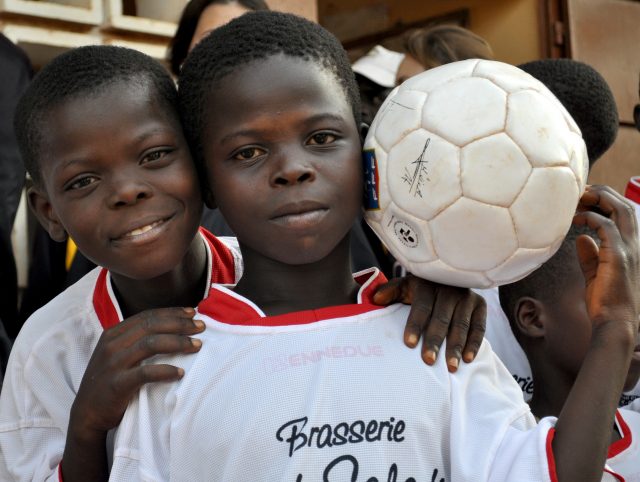Mande languages include about 40 languages spoken on the west coast of Africa. The total population of Mande languages speakers is about 25 million people who primarily live in southern and eastern Guinea, and southwestern Mali. Nevertheless, speakers of Mande languages can also be found in regions situated close to western Ivory Coast, western Liberia, eastern Sierra Leone, southern Senegal, Gambia, Guinea-Bissau, and southern Mauritania. Also, there are some small populations of speakers in western Burkina Faso, in the northern regions of Ghana, Togo and Benin, as well as in southwestern Niger and northwestern Nigeria.
Despite the fact that Mande languages are often classified as a branch of the Niger-Congo language family, more and more linguists believe that it is an independent family. The thing is that Mande languages have a unique noun-class system and there is no ancestor language in the Niger-Congo family. That is why many authors define Mande languages as a separate family of languages.
Mande languages are generally divided into two groups. They are a western group which includes 27 languages and an eastern group which includes 13 languages.
The most significant languages of the western group include Bambara spoken by more than 4 million people in Mali, East Maninkakan spoken by 3,5 million people in such countries as Guinea, Mali and Sierra Leone, Dyula spoken by about 2,5 million people in Burkina Faso and Ivory Coast, Sonike spoken by 2 million people in Gambia, Senegal, Mali and Mauritania, and Mende spoken by 1,5 million people in Siera Lione. Other important languages of the western group include Mandika, Kpelle, Susu, West Maninkakan, Bobo, Kuranko, Mahou, Marka, Kono, Jenaama, Lomo, Loko, Vai, and Bozo.
The most important languages of the eastern group include Dan spoken by 1,6 million people in Ivory Coast and Liberia, Bisa spoken by 700,000 people in Burkina Faso and Ghana, Kweni spoken by 500,000 people in Ivory Coast, Mano spoken by 390,000 people in Liberia and Guinea, and Samo spoken by 250,000 people in Burkina Faso.
When it comes to the written form of Mande languages, it varies. Some languages use the Ajami script, some are based on the Latin-based script. Also, with the beginning of the 19th century, some indigenous writing systems were developed for some Mande languages. In the most cases, such systems were created syllabic. Examples of such systems are Vai created in the 1830s, Mende in 1921, Kpelle and Loma in the 1930s. Nevertheless, there is also an alphabetic system which indicates tones. It is known as N’ko and is used to write in Bambara, Maninkakan, and Dyula.




